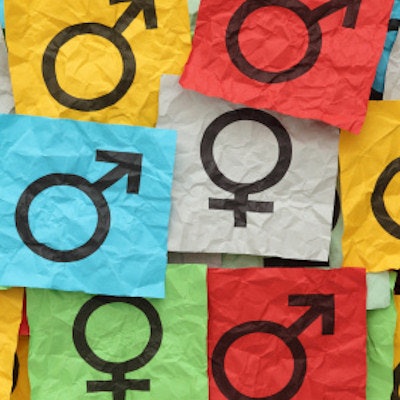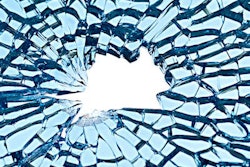
The COVID-19 pandemic doesn't appear to have negatively affected the quantity of radiology papers published by women -- rates of publication did not change between the years 2018 and 2020, according to a study published March 16 in Radiology.
But that doesn't mean there's anything close to parity between men and women when it comes to published academic research, wrote a team led by Dr. Elske Quak of Comprehensive Cancer Centre François Baclesse in Caen, France.
"[In 2018-2019], one in three first and one in five last authors were female," the group wrote. "This gender gap was similar for papers submitted during the first 2020 [COVID-19] lockdown."
Although more women are choosing to pursue careers in medical imaging, they continue to face challenges such a lack of female mentors, explicit or implicit gender bias in recruitment and research resource allocation, and "maternal wall bias" for those who are parents.
"[Women] still perform the majority of household chores and care work ... As schools and daycare facilities closed in many countries during the first COVID-19-related lockdown, the pandemic might thus eventually affect female career advancement, as the number and quality of publications in peer-reviewed journals one has authored are essential," the team wrote.
The researchers analyzed the gender of first and last authors listed on 2,480 papers submitted to the top 50 medical imaging journals from March to May 2020 and compared data from the same periods in 2018 (2,238) and 2019 (2,355). First and last authorship are considered the most prestigious author positions, the group noted.
The COVID-19 pandemic did not appear to affect the quantity of publications submitted by women to radiology journals, the investigators found.
| First and last author gender for radiology research | |||
| Variable | 2018-2019 | 2020 | All |
| First author gender | |||
| Female | 31.6% | 32.3% | 31.8% |
| Male | 68.4% | 67.7% | 68.2% |
| Last author gender | |||
| Female | 19.3% | 20.7% | 19.8% |
| Male | 80.7% | 79.3% | 80.2% |
But although Quak and colleagues' study suggests that COVID-19 has not yet had negative effect on women's radiology publishing, the pandemic's longer-term effects on women's academic output remain to be seen, wrote a team led by Dr. Jessica Robbins of the University of Wisconsin in Madison in an accompanying commentary.
And there's still a gender gap in academic publishing -- the key to advancement at many institutions, according to Robbins and colleague Dr. Faisal Khosa of the University of British Columbia.
"While the percentages of female radiologists are increasing in all academic ranks, female representation in the more senior ranks continues to lag their overall representation in the discipline," they wrote. "Gender-asymmetric delayed impacts of the COVID-19 pandemic on scholarly productivity could stymie the progress to date of females in higher ranks in academic radiology. As the discipline of radiology, we have an obligation to remain vigilant in our quest for equality, diversity, and inclusion in academic productivity to ensure representation from all radiologists."




















